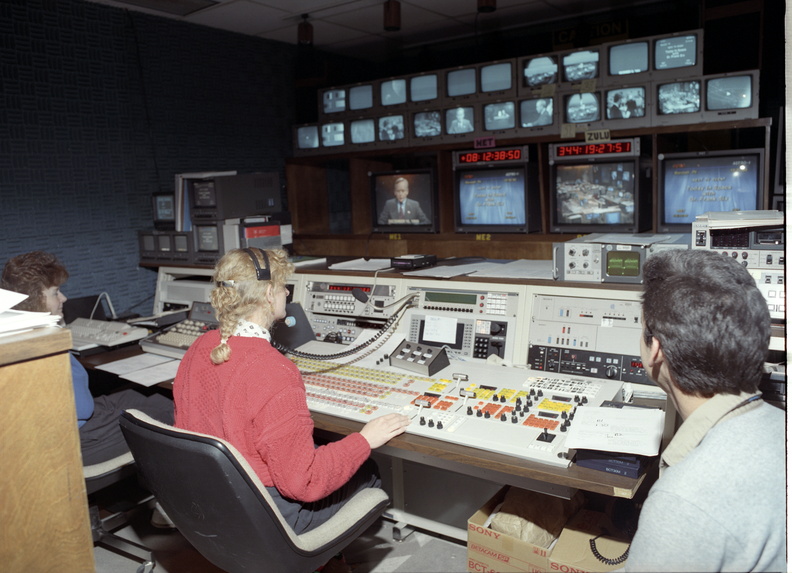
WIKIARCHIVES.SPACE
The Human Spaceflight Archive

Information
- Taken in
- Johnson Space Center
- Autor
- NASA
- Descrição
- The primary objective of the STS-35 mission was round the clock observation of the celestial sphere in ultraviolet and X-Ray astronomy with the Astro-1 observatory which consisted of four telescopes: the Hopkins Ultraviolet Telescope (HUT); the Wisconsin Ultraviolet Photo-Polarimeter Experiment (WUPPE); the Ultraviolet Imaging Telescope (UIT); and the Broad Band X-Ray Telescope (BBXRT). The Huntsville Operations Support Center (HOSC) Spacelab Payload Operations Control Center (SL POCC) at the Marshall Space Flight Center (MSFC) was the air/ground communication channel used between the astronauts and ground control teams during the Spacelab missions. Teams of controllers and researchers directed on-orbit science operations, sent commands to the spacecraft, received data from experiments aboard the Space Shuttle, adjusted mission schedules to take advantage of unexpected science opportunities or unexpected results, and worked with crew members to resolve problems with their experiments. Pictured is the TV OPS area of the SL POCC
- Created on
- Albuns
- US SPACE PROGRAM / SPACE SHUTTLE / MISSIONS / STS-35 / Mission Photos (Original) / Meanwhile, on Earth
- Source link
- https://images.nasa.gov/search-results?q=sts-35&page=1&media=image,video,audio&yearStart=1990&yearEnd=1990
- Visitas
- 29
- Pontuação na avaliação
- Sem avaliação
- Classifique esta foto
- License
- Public Domain
- Modified by WikiArchives
- No (original)
- Descargas
- 1
Desenvolvido por Piwigo